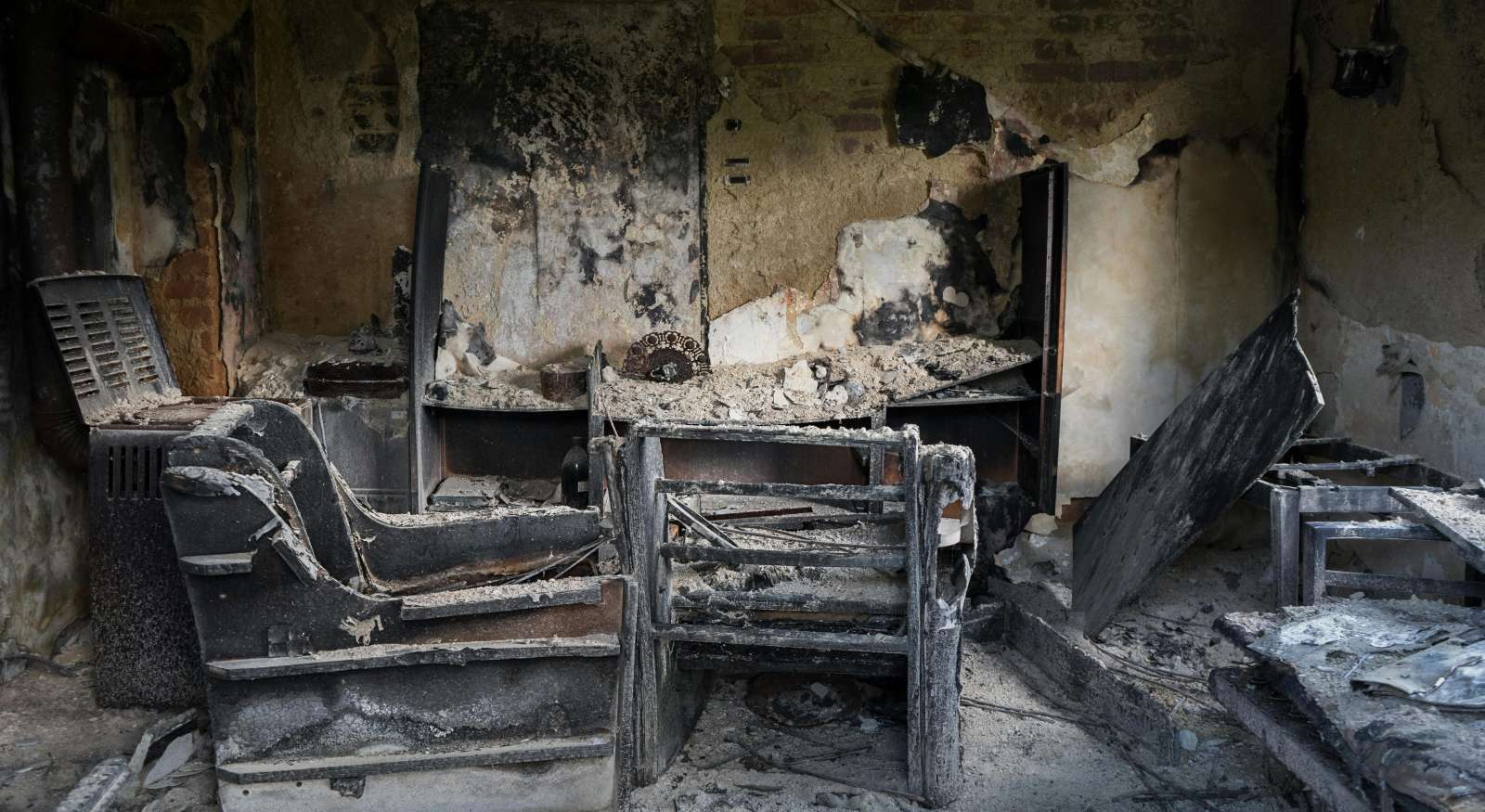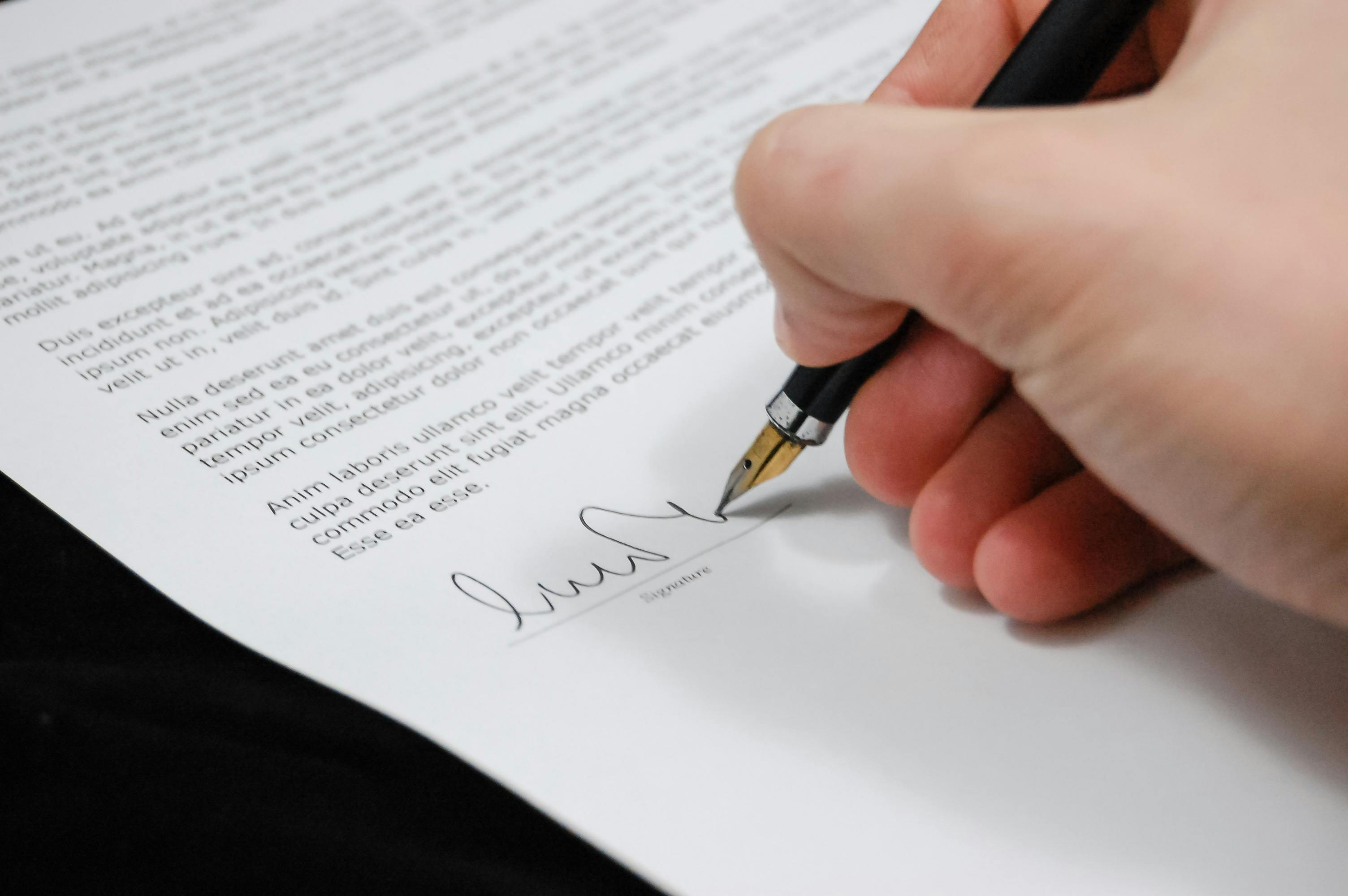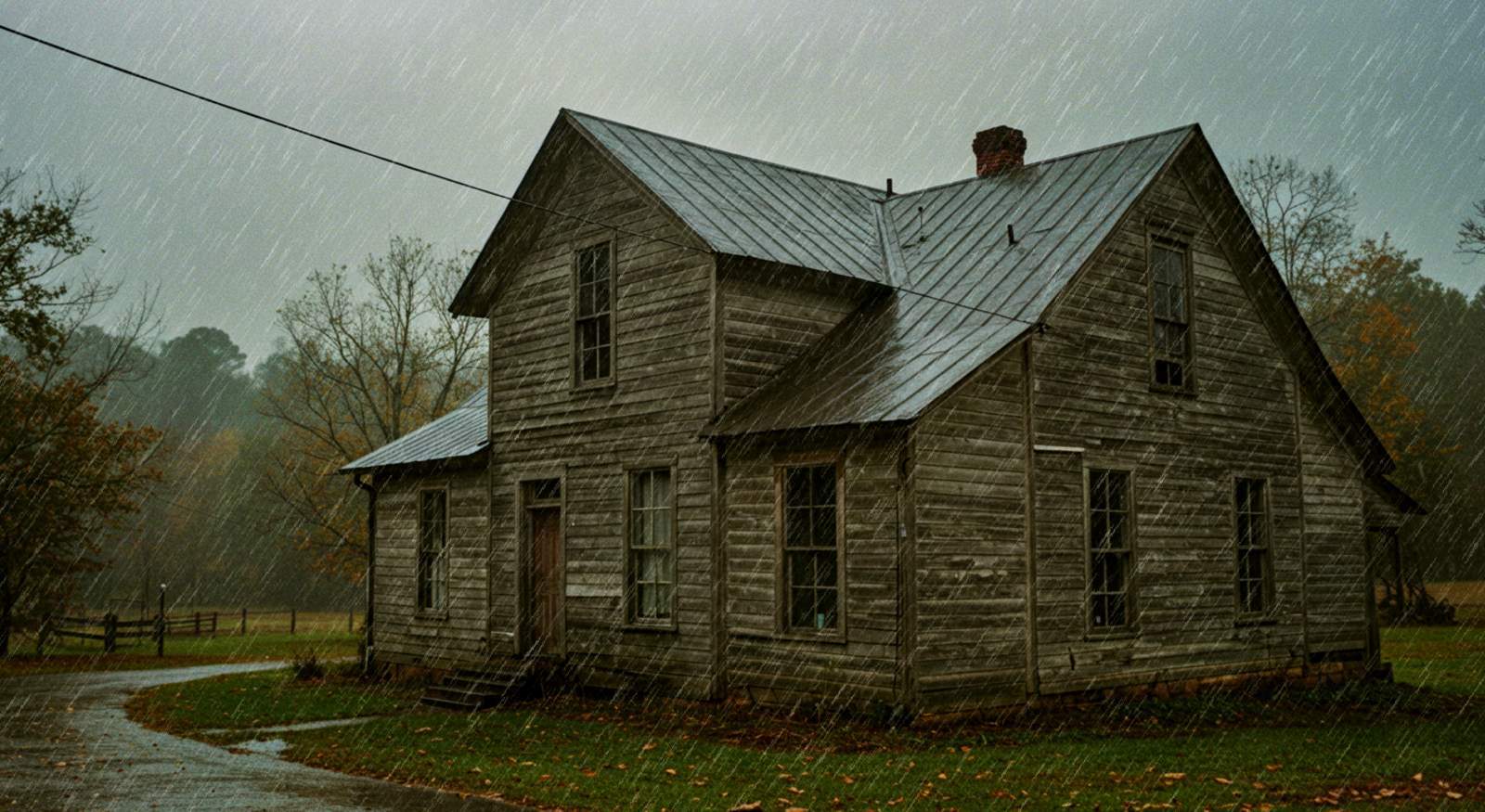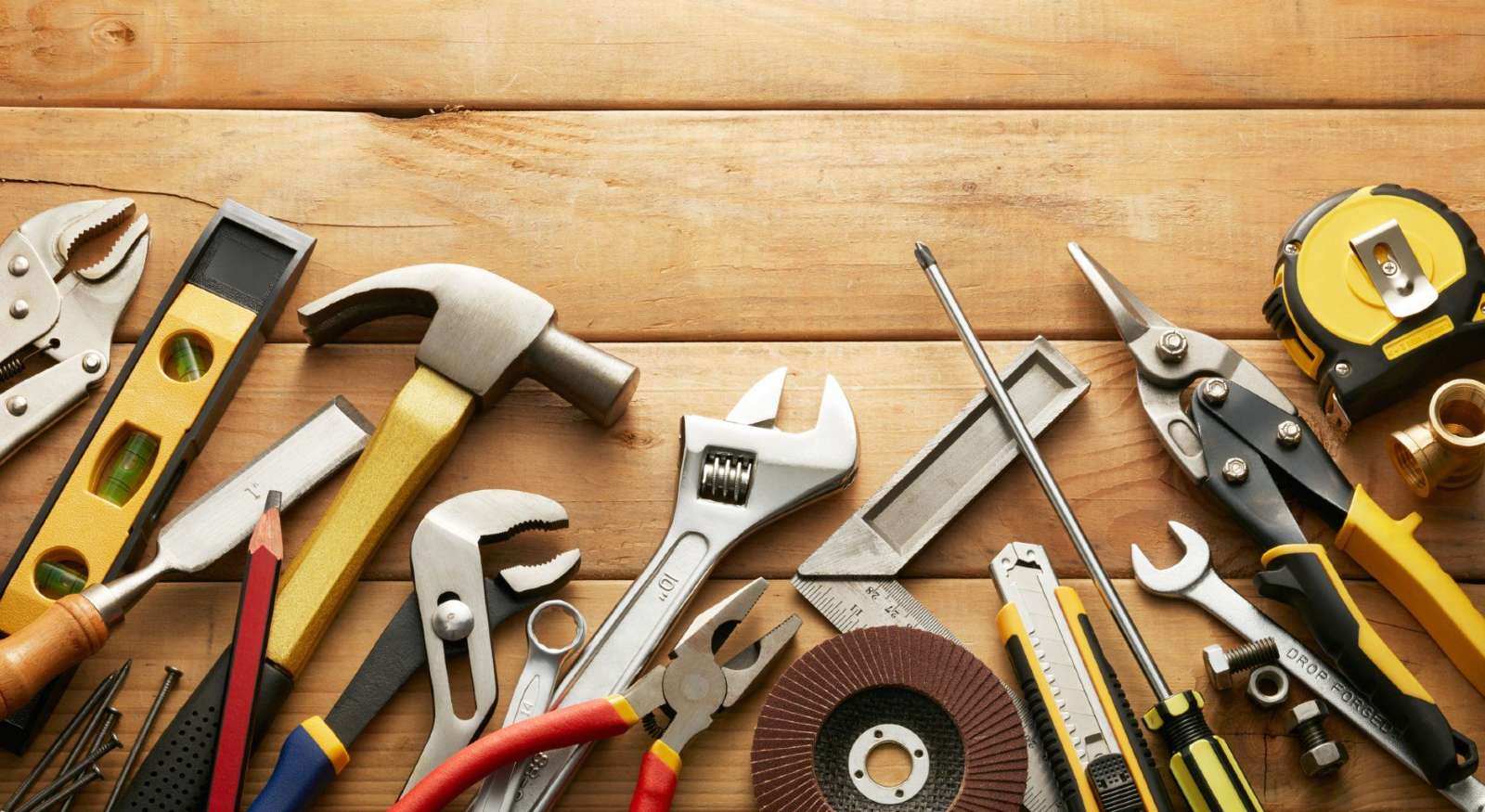How is the billing process for water damage restoration at Restore-It?
August 2nd, 2024
5 min read

Your house has suffered from water damage, whether from a small unchecked leak that got out of control or an accidental flood, and now you are navigating through the complex process of restoring it. Not understanding how the billing process works can become an extra source of headaches during such a stressful time.
This critical aspect of your journey may seem daunting. However, as an IICRC-certified firm with hundreds of satisfied customers, we have more than our fair share of experience with the ins and outs of dealing with insurance companies, homeowners’ questions and concerns, and invoices.
Knowing more about the process, from the initial inspection to the final payment, will empower you to make informed decisions and ease some of that stress. So, to help make things more transparent, we at Restore-It will break down the entire billing process and give you all the insights you need for a smooth journey to a completely restored house.
Your typical water damage restoration billing process with Restore-It
Regardless of the source of the flood in your house, once you have contacted us, you will have to deal with some paperwork. To help you better understand this, here is a step-by-step guide to the process:
Step 1. Customer contact and inspection
Once you call us, we will send a technician to your home for a first inspection. During this time, they will assess the extent of the damage to your house. This process, which carries a cost, usually involves moisture measurements and plenty of scene documentation.
This information is then inputted into software like Xactimate to make an estimate that helps us create the invoice. If you are curious about how we create the invoice, check this article, where we discuss our pricing process for El Dorado, Arkansas.
Step 2. First estimate and agreements
After the inspection is handled, you will receive a form with a generic price list of tasks that you could see on your bill (some may be added or eliminated depending on your specific case). This will include labor, equipment, materials, and other necessary costs.
You should also obtain a work authorization form. This permits us to work at your home, states that we follow the guidelines established by the IICRC, perform standard mitigation or restoration procedures, and stipulates our payment terms. In summary, the work authorization form lets our technicians begin their work on your home's water damage restoration project.
Step 3. Approval and authorization
If you are insured, this bill will be sent to you and your insurance company. The insurance company will determine, depending on your premium and deductible, the scope of the work that is covered by them. If part of the bill is not covered by the insurance, then you, as the homeowner, will be responsible for the payment (more on that later). We can help you navigate this complex process, which is one of the reasons why you should contact us before waiting for an insurance adjuster.
Step 4. The work begins
When everything is signed and approved, the water damage restoration job commences. Depending on your specific case, this might include water extraction, drying, dehumidification, and repairs.
We will provide regular updates on the progress of the work to both you and the insurance company. Extensive documentation will also be compiled during the whole process and sent to both you and your insurance.
Step 5. Final Inspection
A technician will visit your house one final time to ensure that all the work has met the agreed-upon standards. For example, the technician will ensure your personal property has not been damaged. If such a thing occurs, we will reimburse you for any additional damage caused during the project.
Step 6. The invoicing
We will invoice you once the water damage restoration project is complete. This bill includes all the services provided, materials used, and any additional charges that may have arisen during the job.
If you are insured, your insurance company will receive this bill for review and payment. Should doubts or concerns regarding the cost arise, you can contact us to clarify your questions.
Step 7. Payment collection
Like most companies in the restoration industry, we at Restore-It set a time limit for payments. When you work with us, you and the insurance company have 30 calendar days to pay the total amount of the bill.
We recommend that you pay special attention to the final payment date. Failure to pay within the agreed deadline will result in a 1% late fee per month on the total amount of your bill.
Step 8. Follow-up
Once everything is set and done, a final step concludes this process. We will have a final call with you to ensure your satisfaction. Should you have any remaining questions or concerns, we will be more than happy to address them.
6 common questions about insurance claims for water restoration projects
Regardless of how straightforward the process may seem, it is not uncommon for questions to arise. While you can and should always ask the restoration company you are working with, here we listed a few questions we have gotten over our years of servicing our customers:
How and when is professional documentation done?
From the first inspection through the final walk-through, our technicians will take pictures and video to show the extent of the damage- as well as the progress of the work and the complete project. We also use a 3D scanner called Matterport to sketch the areas of the house virtually. This is sent to both you and your insurance company as evidence for insurance coverage, as well as documentation to show the work was justified for your final bill.
Will my insurance cover all types of water damage?
It depends. In most cases, leaks from a broken supply line are covered. However, most insurance companies will deny the claim if the damage comes from a natural flood or a slow leak that took many days. You should check your insurance policy to fully understand your coverage.
How do home insurance deductibles work?
This is a predetermined fixed amount or percentage (based on the estimated total price of the house) that you, as the homeowner, must pay out-of-pocket before your insurance company covers any expenses for a water damage loss. It varies from company to company and depends on your premium.
What if the deductible is the same or lower than the final bill?
In those cases, you will have to cover the entire project cost out-of-pocket. Also, in this case, you won't need to file a claim with your insurance company because they will not pay for any part of the restoration.
When should I begin with the mitigation process? Should I wait for my insurance adjuster?
No, you shouldn't wait for an insurance adjuster. As soon as you find water damage in your house, stop the water flow (only if it's safe for you) and call us directly. Remember that the longer the flood remains untreated, the more the damage can extend, impacting the final bill. This article expands upon what to do during a water damage case.
Can my lack of action during a water damage crisis in my house void my insurance claim?
Yes. Imagine a faulty AC unit producing a leak in your house over the course of many days. Chances are, if you didn’t act as soon as possible to stop the water leak, most insurance companies will consider you liable for not preventing the situation. The only cases with "slow leaks" we have ever seen covered happened when the homeowner left for an extended time.
What will my insurance not cover in cases of water damage?
In reparations cases, your insurance will only cover the amount for the same building materials or materials of similar quality. But if you decide to change the building materials for more expensive ones, this will be considered an out-of-pocket expense. For example, if you want to replace your carpet with hardwood flooring, you must assume this cost.
Familiarizing yourself with the typical billing procedures and answers to the most common questions will help you navigate a water damage restoration project with the confidence of a seasoned captain. The next step is to contact us for an estimate, guaranteeing smooth sailing toward your fully restored house.




















